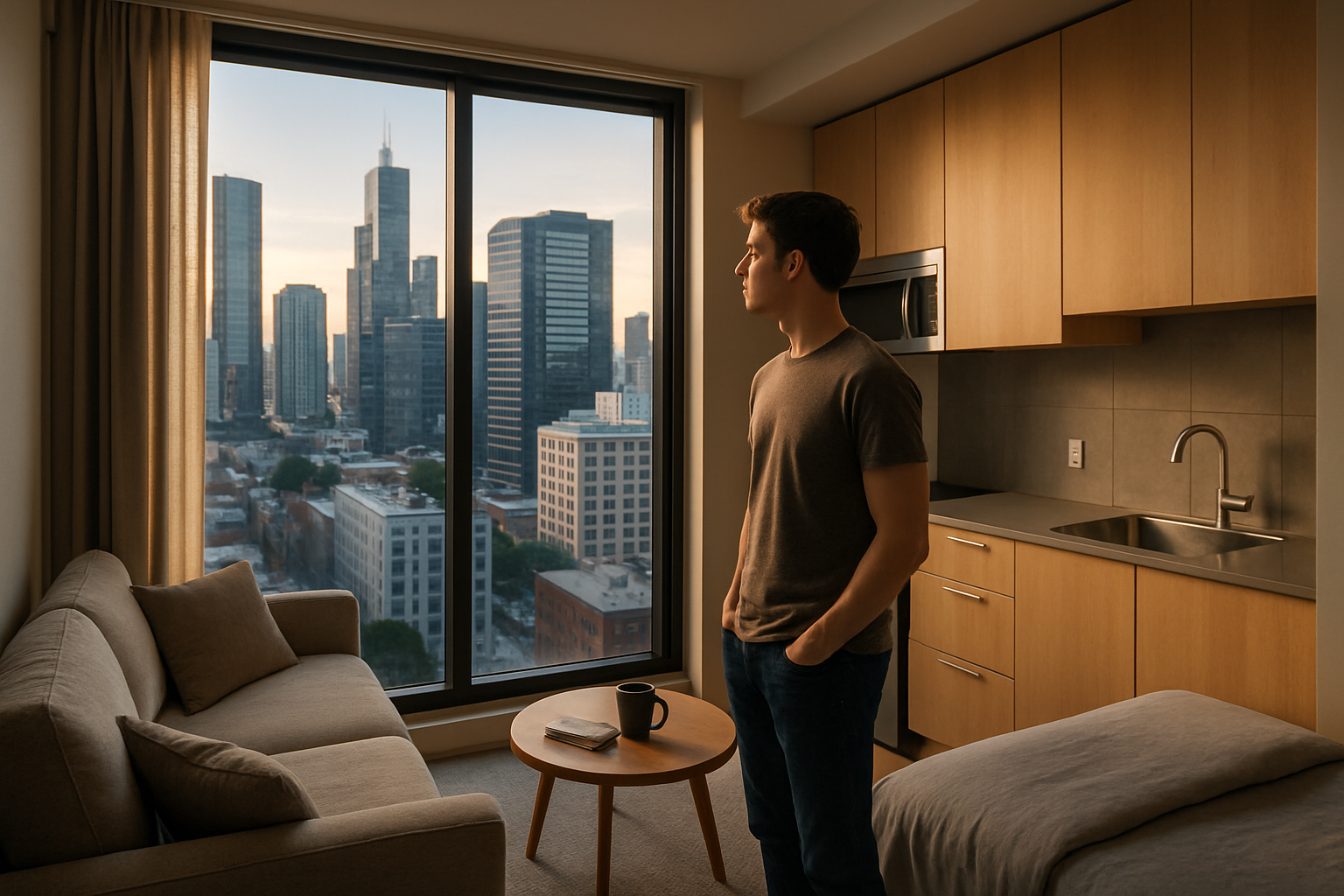Navigating the Apartment Rental Market: A Comprehensive Guide
Finding the perfect apartment to rent can be an exciting yet challenging process. Whether you're a first-time renter or looking to move to a new place, understanding the ins and outs of the rental market is crucial. This comprehensive guide will walk you through the essential steps of finding apartments for rent in your area, comparing different apartment types, and factors to consider before signing a lease.

How to Find Apartments for Rent in Your Area
When embarking on your apartment search, it’s essential to utilize various resources to maximize your options. Start by leveraging online rental platforms such as Zillow, Apartments.com, or Realtor.com. These websites allow you to filter results based on your preferences, including location, price range, and amenities. Additionally, don’t overlook local real estate agencies, as they often have exclusive listings that may not appear online.
Social media can also be a valuable tool in your search. Many apartment complexes and property management companies maintain active Facebook or Instagram profiles where they post available units. Join local housing groups on these platforms to stay informed about new listings and potentially connect with individuals looking for roommates.
For a more traditional approach, take a drive or walk through neighborhoods you’re interested in. Look for “For Rent” signs, which can lead to direct contact with landlords and potentially better deals. Local newspapers and community bulletin boards can also be surprising sources of rental listings, especially in smaller towns or tight-knit communities.
Comparing Studio, One-Bedroom, and Two-Bedroom Apartments
When considering different apartment types, it’s crucial to weigh the pros and cons of each to determine which best suits your needs and budget.
Studio apartments typically offer an open-concept living space where the bedroom, living room, and kitchen are combined into one area. These units are generally the most affordable option and are ideal for single occupants or couples who don’t require much space. However, the lack of separate rooms can make entertaining guests or working from home challenging.
One-bedroom apartments provide more privacy with a separate bedroom, making them suitable for individuals who value distinct living and sleeping areas. They often offer more storage space and are a good compromise between affordability and comfort. One-bedrooms are popular among young professionals and couples.
Two-bedroom apartments offer the most space and flexibility. They’re ideal for roommates, small families, or individuals who need a home office or guest room. While they come at a higher price point, splitting rent with a roommate can make them more affordable than a one-bedroom in some cases.
Factors to Consider Before Signing a Rental Lease
Before committing to an apartment, there are several crucial factors to evaluate:
-
Location: Consider proximity to your workplace, public transportation, amenities, and safety of the neighborhood.
-
Budget: Ensure the rent and utilities fit comfortably within your financial means. Remember to factor in additional costs like parking, pet fees, or amenity charges.
-
Lease terms: Carefully review the lease duration, renewal options, and any clauses regarding subletting or early termination.
-
Condition of the apartment: Inspect the unit thoroughly for any existing damage or necessary repairs. Document these findings before moving in.
-
Amenities: Evaluate which amenities are important to you, such as in-unit laundry, fitness centers, or outdoor spaces.
-
Pet policies: If you have or plan to have pets, confirm the landlord’s pet policy and any associated fees.
-
Parking: Understand the parking situation, especially in urban areas where it can be a significant concern.
-
Landlord responsiveness: Research the landlord or management company’s reputation for addressing maintenance issues and tenant concerns.
-
Natural light and noise levels: Visit the apartment at different times of day to assess light exposure and potential noise issues.
-
Storage space: Consider your storage needs and whether the apartment provides adequate closet or storage areas.
| Apartment Type | Average Monthly Rent | Typical Square Footage | Best Suited For |
|---|---|---|---|
| Studio | $900 - $1,500 | 300 - 600 sq ft | Singles, Students |
| One-Bedroom | $1,200 - $2,000 | 600 - 900 sq ft | Singles, Couples |
| Two-Bedroom | $1,500 - $2,500 | 900 - 1,200 sq ft | Roommates, Small Families |
Prices, rates, or cost estimates mentioned in this article are based on the latest available information but may change over time. Independent research is advised before making financial decisions.
By thoroughly researching apartments for rent in your area, comparing different apartment types, and carefully considering all factors before signing a lease, you’ll be well-equipped to find the perfect rental that meets your needs and budget. Remember that the right apartment is out there; it just takes time, patience, and due diligence to find it.




